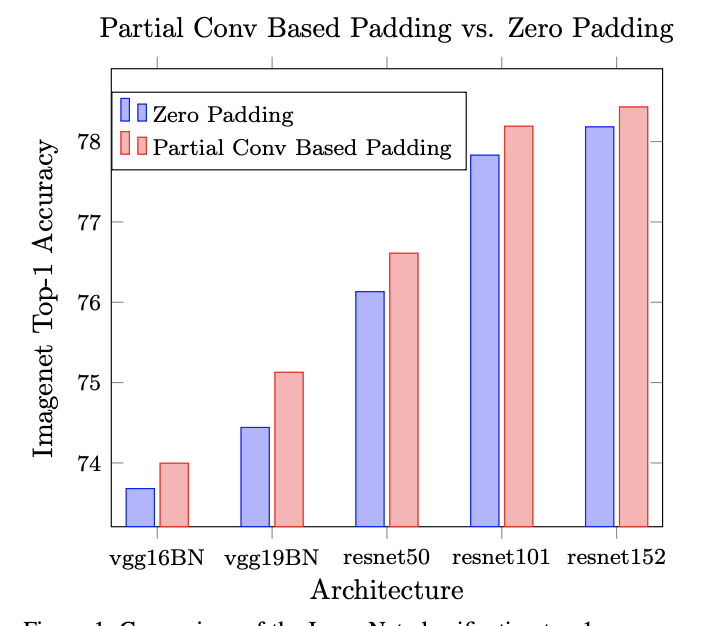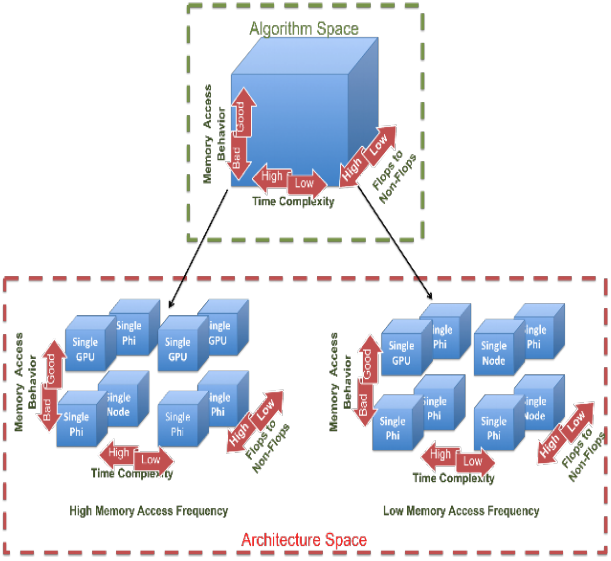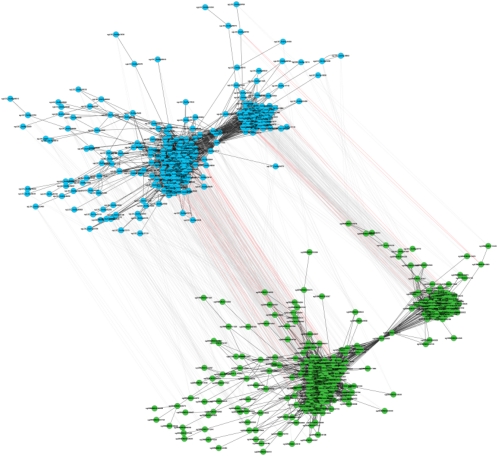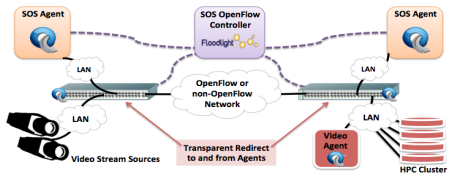

Partial Convolution based Padding
G. Liu, K. Shih, T. Wang, F. Reda, K. Sapra, Z. Yu, A. Tao, B. Catanzaro
https://arxiv.org/abs/1811.11718
Improving Semantic Segmentation via Video Propagation and Label Relaxation
Y. Zhu*, K. Sapra*, F. Reda, K. Shih, S. Newsam, A. Tao, B. Catanzaro
Accepted Talk, CVPR 2019
G3NA-V: GPU-enabled tool for mining and aligning complex gene interaction graphs
K. Sapra, F. Feltus, M. Smith and J. Levine
Accepted Talk, GPU Technology Conference (GTC), 2016, San Jose, California
Framework for Lifecycle Enrichment of HPC Applications on Exascale Heterogeneous Architecture
K. Sapra
Ph.D. Doctoral Showcase, Supercomputing (SC), 2015, Texas, Austin
HPC Enabled Real-Time Remote Processing of Laparoscopic Surgery
K. Sapra, Z. Ronaghi, R. Izard, E. Duffy, M. C. Smith, KC Wang, D. Kwartowitz
Accepted Poster, Supercomputing (SC), 2015, Texas, Austin
Enhancing Collusion Resilience in Reputation Systems
H. Shen, Y. Lin, K. Sapra, Z. Li
IEEE Transactions on Parallel and Distributed Systems (TPDS), 2015
G3NA: GPU-enabled Gene Network Alignment Tool
K. Sapra, F. Feltus, M. Smith
GPU Technology Conference (GTC), 2015, San Jose, California
RIAL: Resource Intensity Aware Load Balancing in Clouds
L. Chen, H. Shen, K. Sapra
International Conference on Computer Communication (INFOCOM), 2014
A Social Network Integrated Reputation System for Cooperative P2P File Sharing
K.Chen, H. Shen, K. Sapra, G. Liu
International Conference on Communications and Network (ICCCN), 2013, Nassau
Circumventing Keyloggers and Screendump
K. Sapra, B. Husain, R. Brooks, M. Smith
MALWARE 2013, Puerto-Rico
Taxonomy Cube : A multi-Dimension Application-to-Architecture mapping
K. Sapra
Early Dissertation Showcase, Supercomputing Conference, Colorado (2013)
Collusion Detection in Reputation Systems for Peer-to-Peer Networks
K. Sapra, H. Shen, Z. Li
IEEE Transaction on Parallel and Distributed Systems (TPDS), Submitted
CEDAR: An Optimal and Distributed Strategy for Packet Recovery In Wireless Network
C. Qui, H.Shen, S.Soltani, K. Sapra, H. Jiang, J.Hallstorm
IEEE International Conference on Computer Communication (INFOCOMM), April 2013
Leveraging Social Networks to Combat Collusion in Reputation Systems for Peer-to-Peer Networks
Z. Li, H. Shen, K. Sapra
IEEE Journal on Transaction of Computers(TC)
Cooperative End to End Traffic Redundancy Elimination for Reducing Cloud Bandwidth Cost
L. Yu, K. Sapra, H. Shen, Lin Ye
IEEE International Conference on Network Protocols (ICNP), Oct 2012
Collusion Detection in Reputation Systems for Peer-to-Peer Networks
Z. Li, H. Shen, K. Sapra
The 41st International Conference on Parallel Processing (ICPP), Sept 2012
Leveraging Social Networks to Combat Collusion in Reputation Systems for Peer-to-Peer Networks
Z. Li, H. Shen, K. Sapra
IEEE International Parallel and Distributed Processing Symposium (IPDPS), May 2011, Anchorage, Alaska
Fast Image Mosaicking using Optical Flow
K. Sapra, S. Birchfield
Proc. of IEEE Southeastcon(SECON), 2011











